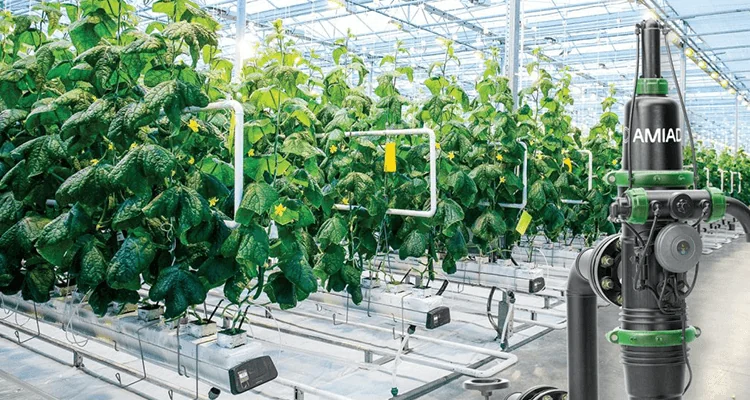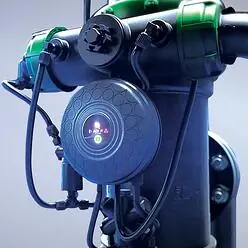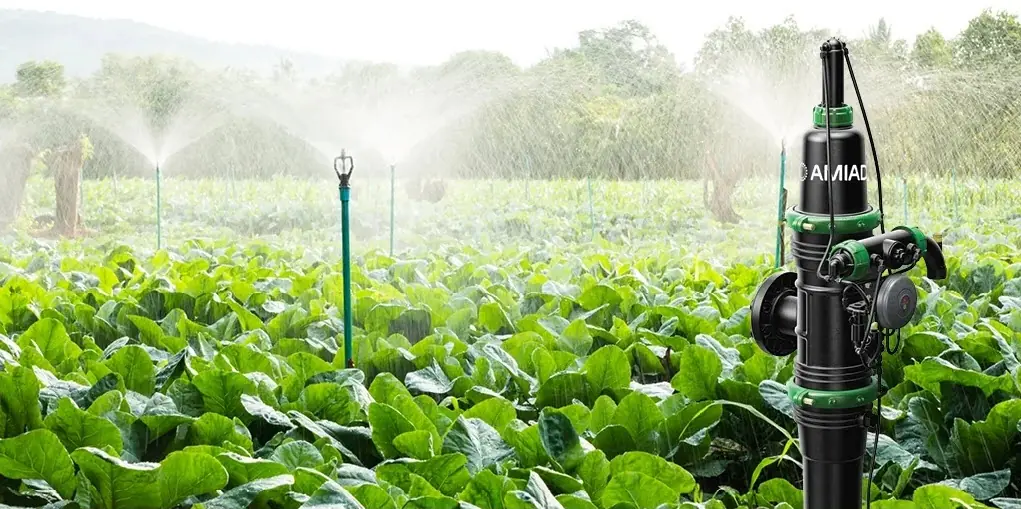(Updated May 2023)

Managing your land entails a continuous learning process of trial and error. Each soil type has its own unique needs, and every water source used for irrigation has its advantages and disadvantages.
In previous blog posts, we discussed some of the essentials required for an efficient irrigation system that produces maximum yield while minimizing costs:
- Main causes of emitter clogging in irrigation systems
- Ways to protect your irrigation system from clogging
- Types of filters for irrigation systems
- Designing your irrigation system to save resources
We also discussed the multiple benefits of using automatic self-cleaning filters.
A filtration system, just like the irrigation system it protects, requires a lot of maintenance. Moreover, as high-quality potable water sources become scarcer, reclaimed water and non-potable fresh water such as well water are increasingly used for irrigation. These water sources often contain more clogging factors like sand, silt, clay particles and organic matter, which gradually build up on the inner surface of the filter screen and cause a filter cake to develop. If this filter cake is not tended to and cleaned, it may continue to accumulate and become thick enough to clog the filter. This then leads to reduced performance of the filter, and in turn can lead to clogged emitters, which amongst other things, can interrupt the uniform distribution of water to your crops, or even stop the irrigation completely.
This manual maintenance and cleaning of your filtration system takes up precious time and manpower – and you can save on both with automatic self-cleaning filters. In addition, self-cleaning filters are more water efficient as they use the precise amount needed and no water is wasted on manual flushing and cleaning. As a result, labor and water costs are reduced.

The technology behind the Amiad self-cleaning filters
The filtration process
Raw water enters through the filter’s inlet and passes first through the coarse screen which catches large debris and sediment. The water then continues to flow through the filter and passes through the inner fine screen which catches the remaining smaller particles. A differential pressure switch (DPS) monitors the pressure caused by the accumulation of debris on the inner screen. When it senses a specific difference in pressure, it initiates the self-cleaning process. The internal cleaning mechanism removes the buildup from the screen, which is then discharged.
The self-cleaning process
The self-cleaning cycle is initiated by any one of the following conditions:

- Signal from the DP switch, which is preset at 7 psi (0.5 bar)
- Time interval parameter set at the controller
- Manual start, triggered by the ADI-P mobile app (within Bluetooth range) or via an electronic controller keypad as seen in the image to the right
The flush valve opens to the atmosphere to create a strong suction force at the scanner nozzles, effectively removing dirt particles from the screen and discharging them from the filter.
Amiad’s suction-scanning technology
One of the features that make Amiad self-cleaning filters truly stand out is their unique suction-scanning technology, which provides 100% cleaning of the screen area and uses less than 1% of the total process water. This is the lowest ratio of process to exhaust water of all competing automated self-cleaning methods (this ratio can vary depending on specific application conditions). When the self-cleaning cycle is activated, the flush valve opens. This creates a powerful back-flush stream and a high-force suction effect at the suction-scanner nozzle to completely remove the dirt particles from the screen.
The backwash water flows through the hydraulic turbines causing them to rotate and the scanners to spin. The pistons pressure drop forces the suction-scanners into an axial movement. This combined spinning and axial motion moves the suction-scanners upward, ensuring that the nozzles sweep and clean the entire inner side of the fine screens. The suction force causes water to flow backward through the nozzles, removing the filter cake from the screen and driving it out of the filter through the flushing valve.
The self-cleaning cycle is triggered when suspended solids accumulate into a filter cake on the screen surface (measured by the pressure differential). This means that cleaning is performed “as needed”, resulting in minimal energy and water waste.
Amiad’s suction-scanning technology eliminates the need to isolate the filter during the self-cleaning cycle, and this, together with the minimal exhaust required, enables an uninterrupted process flow.
All this and more with Amiad’s Sigma Pro and Mini Sigma
Amiad’s Sigma Pro and the Mini Sigma are multi-screen, polymeric, automatic self-cleaning filters designed to be user-friendly, durable, efficient and easy to install. Both filters have flexible inlet-outlet configurations for versatile installation options. They come in three different models, with the Sigma Pro sizes ranging from 4″ to 8″ and the Mini Sigma (which is considerably smaller) sizes ranging from 2” to 4″.
The Sigma Pro and the Mini Sigma both have unique cleaning mechanisms that use minimal energy. The cleaning cycle uses only 1.5 bar in comparison to other automatic self-cleaning filters on the market that use between 2 and 2.5 bar.
The Sigma Pro and Mini Sigma are equipped with Amiad’s new ADI-P Controller (optional for the Sigma Pro). The controller interacts with Amiad’s smartphone app and sends detailed filtration performance and data reports. The cleaning cycle is triggered by a DPS switch, but unlike other filters, the ADI-P controller allows the user to choose specific time intervals or initiate the cleaning cycle at any time.
The video above shows the cutting-edge Mini Sigma automatic, self-cleaning screen filter powered by Amiad’s unique suction-scanning technology.





